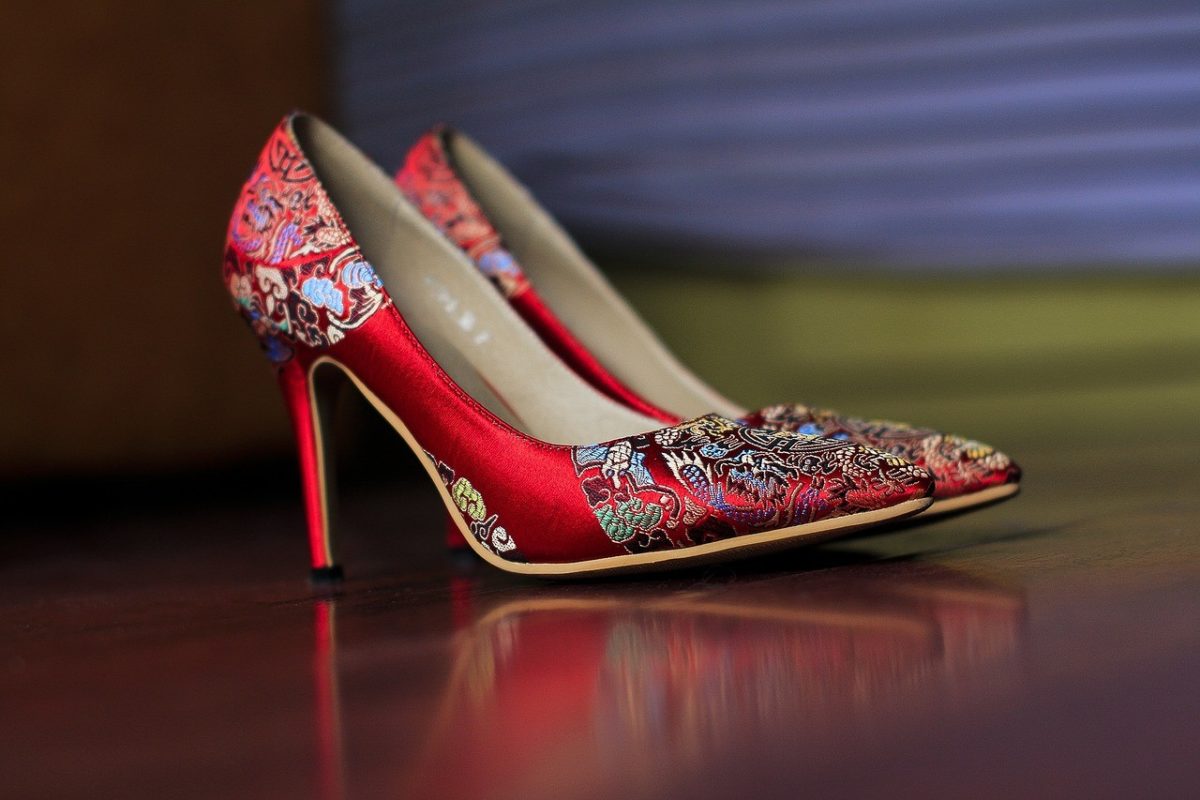
Anyone in the online fashion sector knows the risk involved.
That risk, of course, being the approximately 35 percent return rate that eCommerce retailers face every single day they open up shop. Despite this, revenues for online shoe shops are only expected to increase. Inbound Logistics reports a 9.1 percent increase is expected for 2018, followed by a lower, but steady, 6.3 percent growth through 2023.
Part of that growth is due to the overall growth of eCommerce as more people feel safe buying things online using their phones. But some of it is because, simply put, eCommerce loves shoes.
eCommerce and Its Shoe Collection
If you think about it, selling shoes online using a warehouse system can be a pretty major strain on the supply chain. Unlike some shops that may have a few dozen products, shoe retailers have that shoe you want in every size and several colors.
“Some of our footwear clients have up to 7,000 SKUs, compared to those in other categories with just 50,” Scott Hothem, Senior VP of Customer Solutions at Barrett Distribution Centers in Massachusetts explain in an interview with Inbound Logistics. “This affects what it costs for us to pick and pack an order—it’s a different animal.”
While that would be terrifying in the back room of any given shoe store, it’s a piece of cake with an online store and eCommerce fulfillment services. But that’s not all. eCommerce and shoes go together like peas and carrots for reasons like:
- Uniform box sizes. It might seem like a small thing, but shipping a full truck can be a real cost saver, and the more you can pack in the better.When boxes are essentially uniform in shape and size, shippers can really cram those trucks full, getting a lot better per item shipping rate than retailers that sell items that are made in every shape and size.
- More outlets for brands. Sure, you can buy a pair of Nikes at your local shoe store, but you can also get them from a wide range of online shops.This gives Nike (and other brands) the ability to better connect to their customers, plus they can work out which online shops are the most profitable for different styles of shoes. Variety is the spice of life, it would seem.
- Direct-to-customer exclusives. Brands are also creating new experiences for customers who go directly to the brand’s own eCommerce site.Instead of being shown an assortment of shoes that can be purchased almost anywhere online, the brand site offers exclusives that are only available there and only for a limited time. Shoe lovers rejoice at being given a special peek into the brand and the brand earns more money in a direct-to-customer position as opposed to selling through a shoe store (but they need both to do well).
eCommerce is always up for a challenge and shoes are a huge risk. With styles constantly changing and long production lead times that mean trying to predict fashions months in the future, it’s no small thing to be an online shoe seller.









